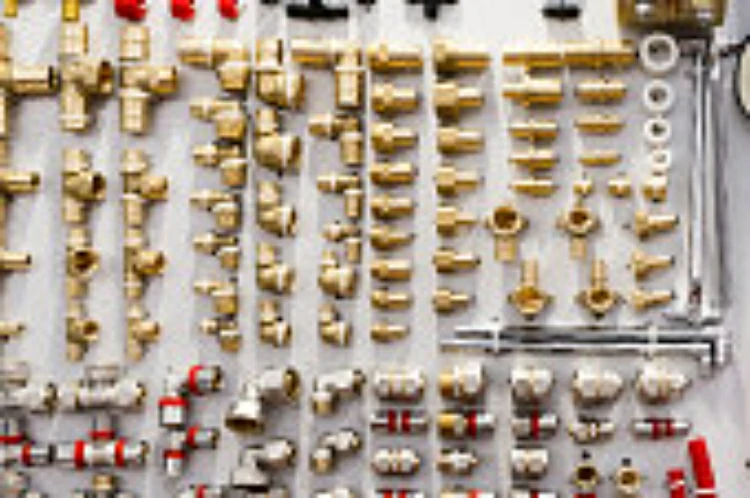Introduction:
Proper lubrication and maintenance are essential for ensuring the longevity and optimal performance of brass valves in various applications. In this article, we’ll delve into the lubrication methods and maintenance techniques that can help keep brass valves in top condition, preventing issues such as corrosion, leaks, and operational failures.
Lubrication Methods for Brass Valves
Choosing the Right Lubricant
Selecting the appropriate lubricant is crucial for effective lubrication of brass valves. Opt for a high-quality lubricant specifically designed for use with brass components. Silicone-based lubricants are commonly recommended for brass valve as they provide excellent lubrication while being compatible with the material.
Application Techniques
Proper application of lubricant is key to ensuring smooth operation and longevity of brass valves. Apply a thin, even layer of lubricant to the valve stem and other moving parts using a brush or applicator. Avoid over-application, as excess lubricant can attract dirt and debris, leading to operational issues.
Regular Lubrication Schedule
Establishing a regular lubrication schedule is essential for maintaining brass valves. Depending on the frequency of use and environmental conditions, lubricate the valves at least once every six months to ensure optimal performance. Monitor the condition of the valves and adjust the lubrication schedule as needed.
Maintenance Tips for Brass Valves
Inspecting for Signs of Wear and Damage
Regular inspection of brass valves is essential for identifying signs of wear, damage, or corrosion. Check for leaks, rust, or visible signs of deterioration on the valve body, stem, and seals. Address any issues promptly to prevent further damage and ensure the continued functionality of the valves.
Cleaning and Removing Debris
Keeping brass valves clean and free of debris is critical for maintaining their performance. Regularly clean the valve surfaces using a mild detergent and water solution, followed by thorough rinsing and drying. Remove any accumulated dirt, scale, or sediment from the valve internals to prevent blockages and ensure smooth operation.
Tightening Loose Connections
Periodically check and tighten any loose connections or fittings on brass valves. Loose connections can lead to leaks and compromise the integrity of the valve assembly. Use appropriate tools to tighten connections securely, taking care not to over-tighten and risk damaging the valve components.
Conclusion:
Proper lubrication and maintenance are essential for maximizing the longevity and performance of brass valves in various applications. By following the recommended lubrication methods and maintenance tips, stakeholders can prevent issues such as corrosion, leaks, and operational failures, ensuring the continued functionality of brass valve. Incorporating regular lubrication and maintenance into the valve maintenance program can help extend the service life of brass valves and contribute to the success of plumbing systems and industrial processes.
Contact
IFANPLUS is a specialized product series launched by IFAN, primarily covering plastic pipes, fittings, and various types of valves. We offer PPR and PVC pipes in German and American standards, ensuring the high quality and reliability of our products. IFANPLUS valve products include a variety of valves, from PPR valves to other diverse copper valves, catering to your specific requirements. Whatever product you need, IFANPLUS will be your reliable partner. Here is our contact information.
We will reply your email or fax within 24 hours.
You can call us at any time if there is any question on our production.
For more information,pls visit our webside https://www.ifanplus.com/
Pls Mailto: [email protected]






